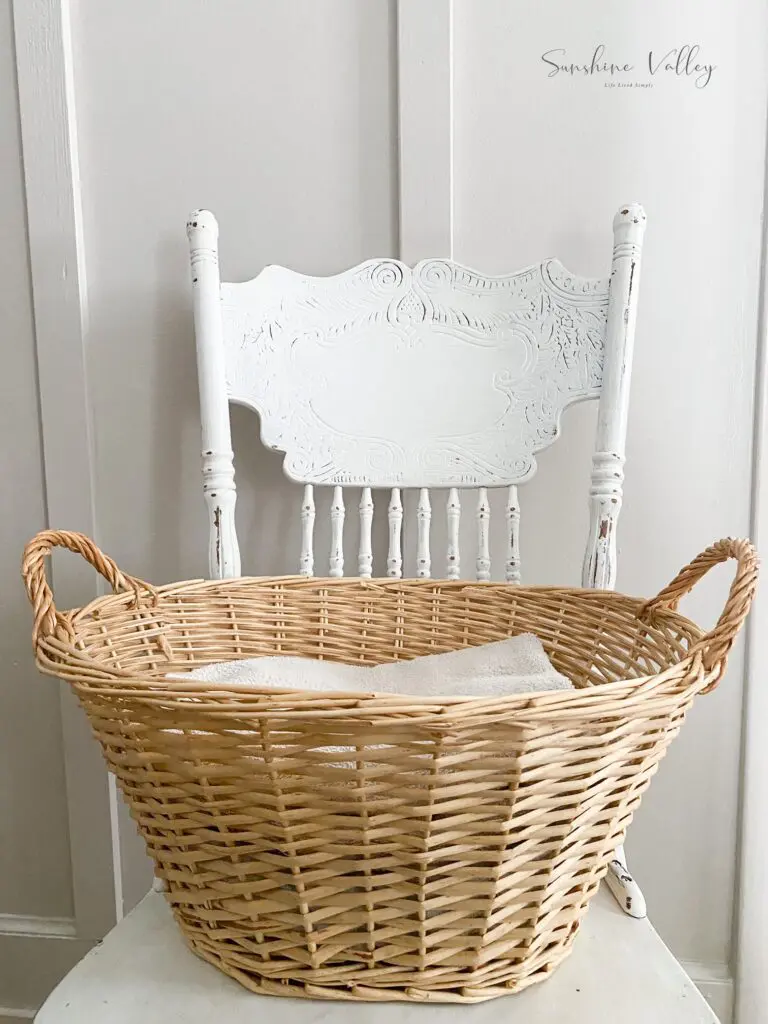How to Transition to Once A Month Grocery Shopping
Learn how to save money by grocery shopping just once a month with these practical tips for meal planning, stocking up, and budgeting.

As the cost of groceries keeps rising, I find myself constantly looking for ways to stretch our budget and simplify my life. I don’t know about you, but it seems like every time I step out the door, I end up spending at least $200 on something. Whether it’s groceries, gas, or those little extras that seem to sneak their way into the cart, it’s easy to feel like money slips away faster than we can keep track of it. Any chance I get to save, I take it! That’s why I started focusing on making just one grocery trip a month, and let me tell you—it’s been a game-changer. Let’s talk a little bit about how to start once a month grocery shopping.
At first, the idea of only going to the store once a month seemed a bit intimidating. What if we ran out of something? How would I make sure we had enough fresh food? But with a little planning, it’s completely doable and can actually save you a lot of money. When you’re not running to the store for just one or two things every week, you avoid those impulse buys that quickly add up. Plus, it forces you to be more intentional with your meal planning and what you’re stocking in your pantry.
Why Shop Once a Month?
Grocery shopping less frequently has so many benefits beyond saving money. First, it saves time! Making fewer trips to the store means less time wandering the aisles and waiting in line. It also means less stress. When you know you’re stocked up for the month, there’s no need to run out in the middle of the week for something you forgot. You’ll also find that you waste less food. By planning meals around what you have on hand, you can use up items before they go bad and reduce the amount you throw away.
Step 1: Get Organized with Your Meal Planning
The key to only shopping once a month is planning. Set aside some time to plan out your meals for the next four weeks. Start by looking at your family’s schedule and thinking about what you’ll need. Do you have busy nights where a quick meal would be helpful? Are there special occasions where you’ll want to prepare something extra nice? Once you have a general idea, it’s time to dive into the details.
I like to plan meals around pantry staples and items that will last throughout the month. Think beans, rice, pasta, canned vegetables, and meats you can freeze. I also make sure to plan for meals that use fresh produce in the first couple of weeks, and then gradually transition to using frozen vegetables and longer-lasting produce like carrots, cabbage, and potatoes as the month goes on.
Step 2: Create a Detailed Shopping List
Once you have your meals planned, it’s time to create a detailed shopping list. Write down everything you’ll need for the month, and try to be as specific as possible. Break it down into categories like pantry staples, fresh produce, frozen items, dairy, and so on.
This list will not only keep you organized during your shopping trip, but it will also help you stay focused and avoid those tempting impulse buys. Be sure to check your pantry, fridge, and freezer before making your list so you don’t accidentally buy something you already have. That’s a quick way to throw off your budget!

Step 3: Stock Up on Long-Lasting Staples
When you’re only going to the store once a month, stocking up on items that will last is key. Foods like rice, pasta, canned goods, and frozen vegetables are your best friends. They have long shelf lives and can be used in a variety of meals. I also like to keep a good supply of baking essentials like flour, sugar, baking powder, and yeast on hand. These allow me to whip up homemade bread, rolls, or even treats without needing to buy expensive pre-made versions.
For proteins, I buy in bulk and freeze what we won’t use right away. Ground beef, chicken, and pork chops all freeze well, and I try to divide them into meal-sized portions before freezing to make things easier when I’m cooking.

Step 4: Preserve Fresh Produce for Later
If you’re worried about fresh fruits and vegetables going bad before the month is up, there are several ways you can preserve them for later use. Some produce lasts longer than others, so use up the more perishable items like lettuce and berries in the first week or two, then move on to things like apples, carrots, and potatoes, which can last much longer.
For produce that you can’t use up in time, consider freezing it. Many vegetables freeze beautifully, like bell peppers, onions, and even greens like spinach and kale. Just chop them up and toss them in freezer bags, so they’re ready to go when you need them.
Another option is canning or dehydrating. If you’ve got extra tomatoes, apples, or green beans, you can can them for later use. Dehydrating herbs and fruit is also a great way to make sure nothing goes to waste.
Step 5: Make It Work for You
Of course, life happens, and sometimes you may need to run to the store for a few essentials like milk or eggs. But the goal is to make those trips the exception rather than the rule. If you do have to make a mid-month trip, try to set a strict budget and only buy what’s absolutely necessary.
You might also find that some items, like milk or bread, need to be replenished more frequently. In that case, consider freezing extra loaves of bread or using powdered or shelf-stable milk for baking. You can also make homemade bread, which is not only more cost-effective but also a fun way to try out new skills in the kitchen.

Ready to give once a month grocery shopping a try?
Shopping once a month might seem like a big change at first, but with a little planning and organization, it can make a huge difference in your budget and your peace of mind. Plus, you’ll find yourself spending less time in the store and more time enjoying your home and family. And at the end of the day, that’s what we’re all about—creating a cozy, comfortable home that doesn’t break the bank.
So, give it a try! You might just be surprised at how much you can save when you ditch the weekly grocery run and start embracing a once-a-month shopping routine.







